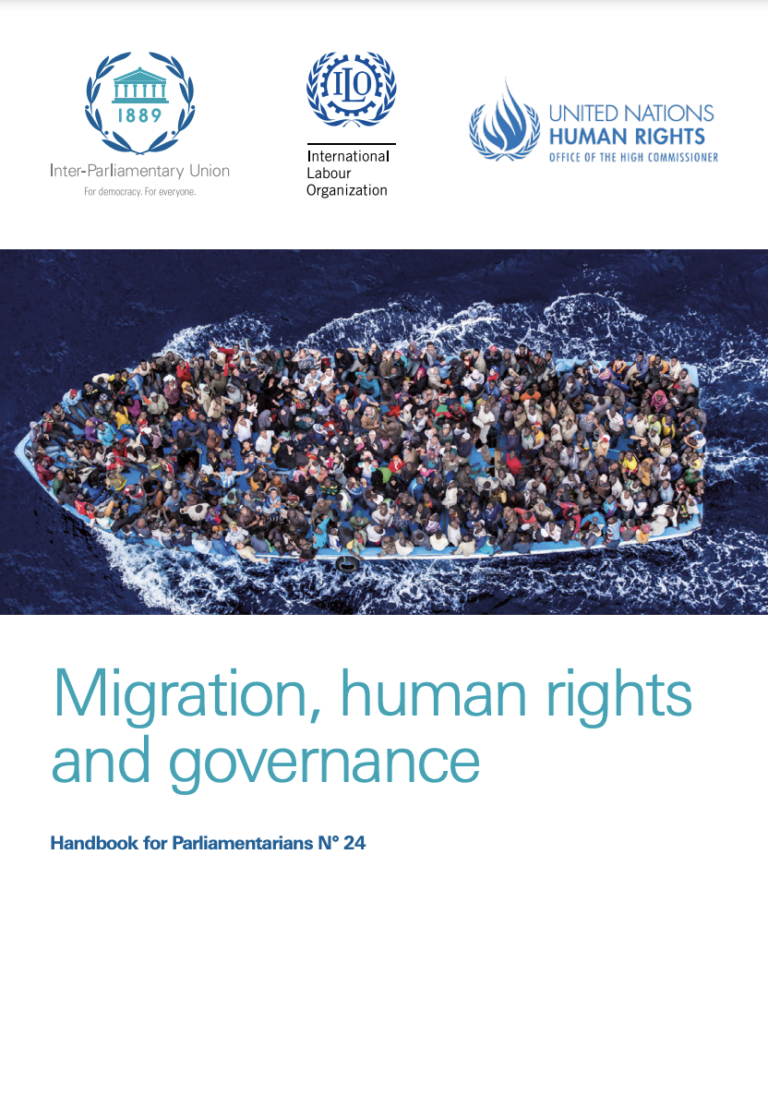The Strength to Carry On: Resilience and Vulnerability to Trafficking and Other Abuses Among People Travelling Along Migration Routes to Europe
GuidanceAround one and a half million people have travelled along the ‘Eastern Mediterranean route,’ the ‘Balkan route’ and the ‘Central Mediterranean route’ since 2015, in order to enter an EU country and apply for asylum or remain without regu...Read More

